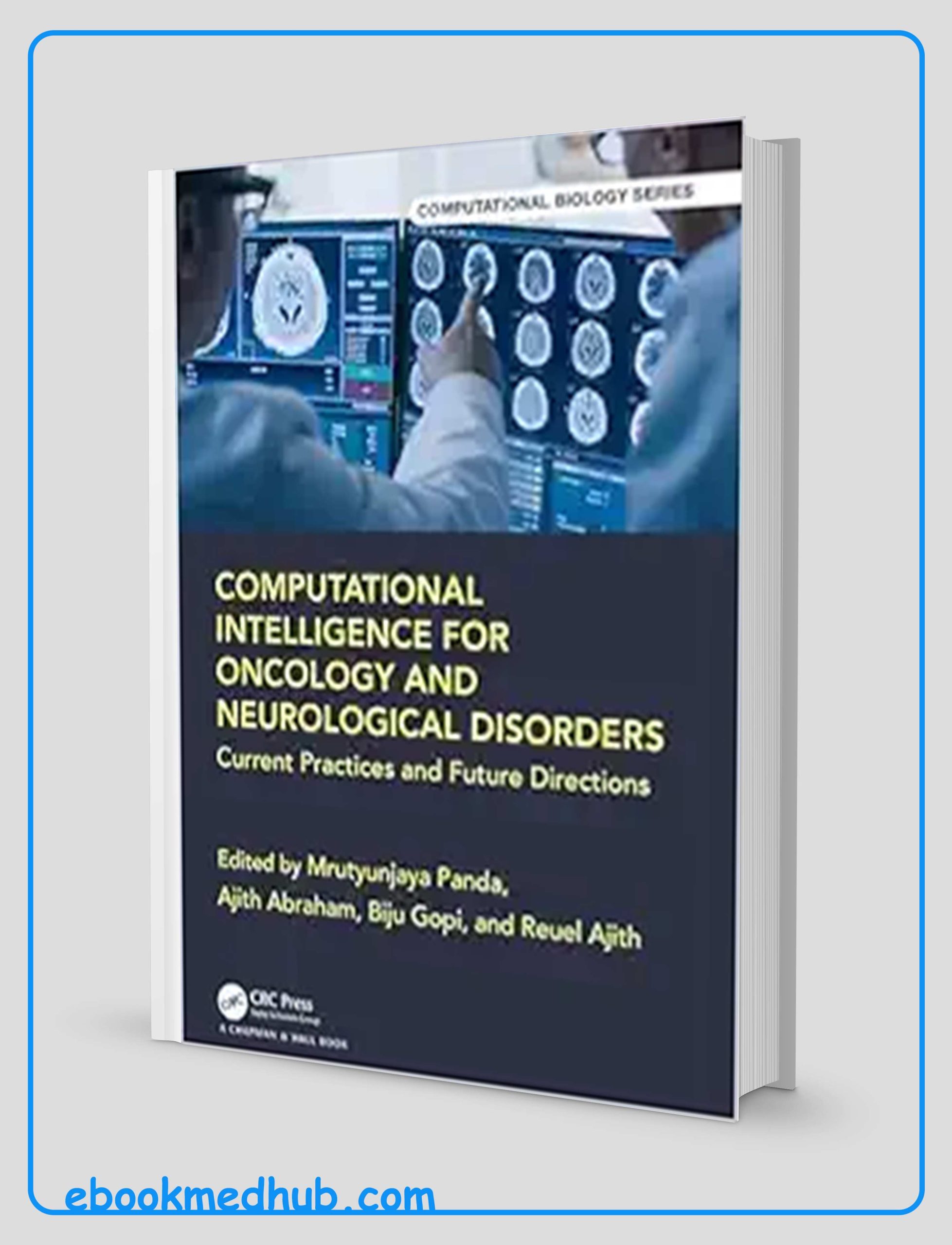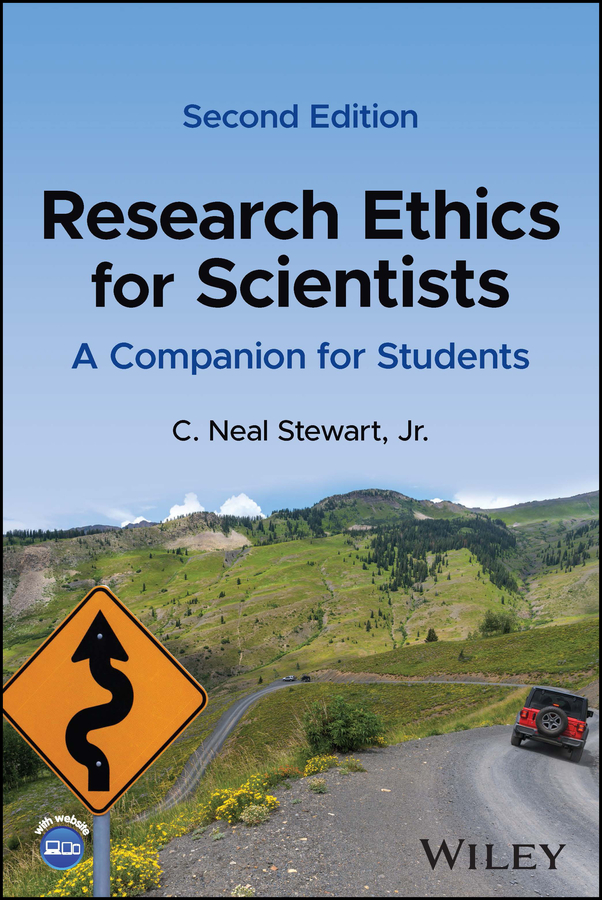Browse Categories
- HOME
- Shop
- Additional Resources and Information
Top Rated ;
- Clinical Specialties
Top Rated ;
- Health and Wellness
Top Rated ;
Nachhaltigkeitskommunikation im Motorsport (Sport und Kommunikation) (German Edition) (EPUB)
$41.99Original price was: $41.99.$21.00Current price is: $21.00.Breakthrough Swimming by Colwin, Cecil published by Human Kinetics (2002) (Original PDF from Publisher)
$45.00Original price was: $45.00.$24.00Current price is: $24.00.Daniels and Worthingham’s Muscle Testing: Techniques of Manual Muscle and Physical Performance Testing, 11th Edition (True PDF from Publisher)
$108.01Original price was: $108.01.$32.00Current price is: $32.00.Serious Cycling, 2nd Edition (Original PDF from Publisher)
$42.00Original price was: $42.00.$24.00Current price is: $24.00.Violences sexuelles et sport: L’essentiel pour agir (French Edition) (True PDF from Publisher)
$34.75Original price was: $34.75.$27.00Current price is: $27.00. - Medical Education and Resources
Top Rated ;
- Medical Sciences and Research
Top Rated ;
Robbins and Cotran Atlas of Pathology 2nd Edition (Original PDF from Publisher)
$41.00Original price was: $41.00.$22.30Current price is: $22.30. - Surgery and Surgical Specialties
Top Rated ;
Year Book of Anesthesiology and Pain Management 2012 (Original PDF from Publisher)
$188.00Original price was: $188.00.$22.00Current price is: $22.00. - International Medical Exams
Top Rated ;
Robbins and Cotran Atlas of Pathology 2nd Edition (Original PDF from Publisher)
$41.00Original price was: $41.00.$22.30Current price is: $22.30.Nachhaltigkeitskommunikation im Motorsport (Sport und Kommunikation) (German Edition) (EPUB)
$41.99Original price was: $41.99.$21.00Current price is: $21.00.Breakthrough Swimming by Colwin, Cecil published by Human Kinetics (2002) (Original PDF from Publisher)
$45.00Original price was: $45.00.$24.00Current price is: $24.00.
- Additional Resources and Information
- About us
- Contact us

































